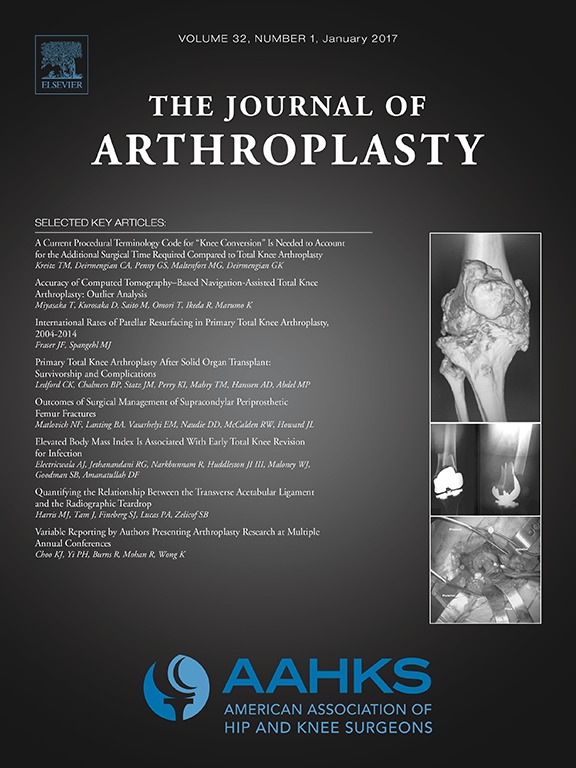
Direct Anterior Versus Mini-Posterior Total Hip Arthroplasty outcomes after 7.5 years

Direct Anterior Versus Mini-Posterior Total Hip Arthroplasty outcomes after 7.5 years
A Randomized Clinical Trial of Direct Anterior Versus Mini-Posterior Total Hip Arthroplasty: Small, Early Functional Differences Did Not Lead to Meaningful Clinical Differences at 7.5 Years.
J Arthroplasty. 2024 01-Sep;():. 10.1016/j.arth.2024.05.016Synopsis
One hundred and one patients undergoing primary total hip arthroplasty were randomized to receive either the direct anterior approach (DAA, n=52) or the mini-posterior approach (MPA, n=49). The primary outcome assessed was the Harris Hip Score (HHS). Secondary outcomes included the 12-Item Short Form Health Survey (SF-12) physical and mental scores, Hip Disability and Osteoarthritis Outcome Score ...
To view the full content, login to your account,
or start your 30-day FREE Trial today.
FREE TRIAL
LOGIN
Forgot Password?
Explore some of our unlocked ACE Reports below!

Learn about our AI Driven
High Impact Search Feature
Our AI driven High Impact metric calculates the impact an article will have by considering both the publishing journal and the content of the article itself. Built using the latest advances in natural language processing, OE High Impact predicts an article’s future number of citations better than impact factor alone.
Continue



 LOGIN
LOGIN

Join the Conversation
Please Login or Join to leave comments.